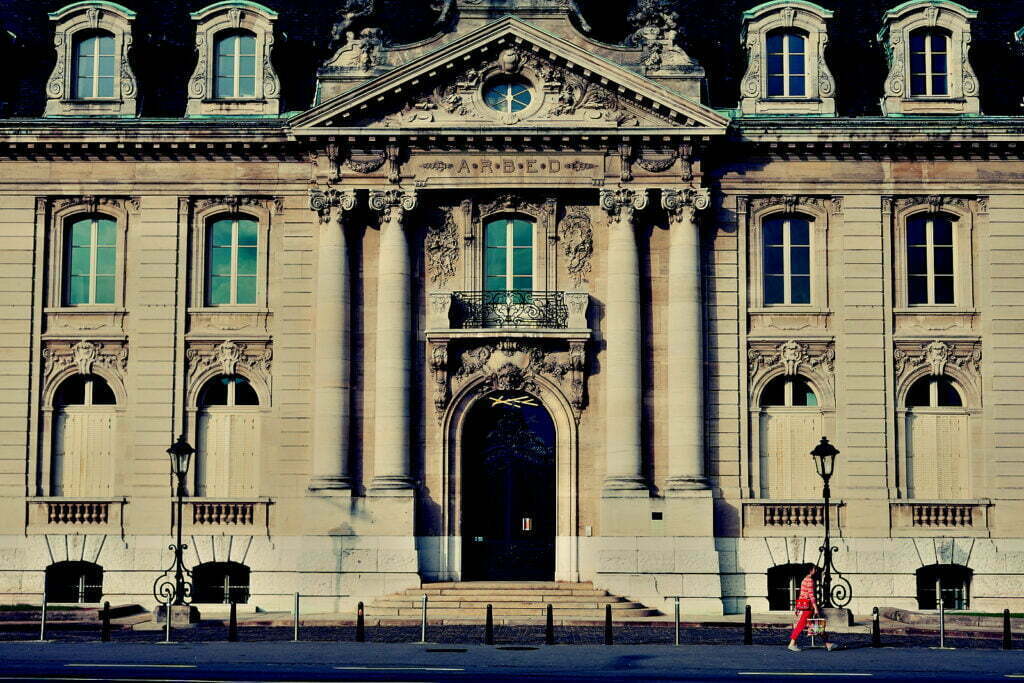Luxembourg customs and traditions, Luxembourg culture facts, and Luxembourg history all originated in Luxembourg City, which has been designated a UNESCO World Heritage Site since 1994. Before knowing about that famous landmark in Europe and historical place, let’s know: where is Luxembourg, is Luxembourg a country, and who are the Luxembourg people?
Where is Luxembourg
Luxembourg is a nation in Europe’s northwest. One of the world’s tiniest nations. It is bordered on the west and north by Belgium, the south by France, and the northeast and east by Germany. In its lengthy history, Luxembourg has been ruled by a number of nations and reigning families.
Since the 10th century, it has been a separate, albeit not necessarily independent, political subdivision. Lucilinburhuc, the historic Saxon name for its capital city, meaning “Little Fortress.” Its vital location astride a major military route connecting Germanic and Frankish domains is emphasized by its emblem as “the Gibraltar of the North.”
Luxembourg history
The earliest human remains discovered in Luxembourg date back to around 5140 BCE. However, nothing is known about the original inhabitants of the region. The Treveri and Mediomatrici, two Belgic tribes, occupied the region from 450 BCE until the Roman invasion in 53 BCE.
The Frankish colonization of the nation in the 5th century CE heralded the start of the Middle Ages in the area. In the late seventh century, St. Willibrord was a key figure in the area’s Christianization. He established the Benedictine monastery of Echternach, which grew to be a major cultural center in the region.
Luxembourg culture facts
The region was part of the Frankish kingdom of Austrasia, the Holy Roman Empire under Charlemagne and Louis I (the Pious), and then the kingdom of Lotharingia in turn. When Siegfried, Count of Ardennes, swapped his territories for a tiny but strategically located Roman stronghold near the Alzette River in 963, Luxembourg became an autonomous country.
This castle became the cradle of Luxembourg, whose name, Lucilinburhuc, is taken from the castle’s name (“Little Fortress”). Conquests, treaties, marriages, and inheritances helped Siegfried’s heirs expand their holdings. Conrad, a descendant of Siegfried, was the first to be given the title of count of Luxembourg in 1060.
Countess Ermesinde, Conrad’s great-granddaughter, was a renowned ruler, and her great-grandson, Henry IV, became Holy Roman Emperor Henry VII in 1308. Charles IV, Wenceslas, and Sigismund were the last members of the Luxembourg line to sit on the imperial throne.
The county was proclaimed a duchy by Emperor Charles IV in 1354. Elizabeth of Görlitz, duchess of Luxembourg and niece of the Holy Roman emperor Sigismund, was obliged to hand over the duchy to Philip III (the Good), duke of Burgundy, in 1443.
Is Luxembourg a country
Luxembourg is a country in western Europe that is formally known as the Grand Duchy of Luxembourg. With an area of 998 square miles (2,586 sq km), 639,000 people (estimated in 2021). Luxembourg is the country’s capital.
The majority of the population is French or German, although there are some foreigners, primarily Portuguese, Italians, French, Belgians, and Germans. Luxembourgish, French, and German are the three languages spoken. Christianity is the religion of choice (predominantly Roman Catholic).
The Euro (€) is the currency. The country’s greatest length is 51 miles (82 kilometers), while its maximum breadth is 35 miles (56 km). It is divided into two regions: the Oesling, a high plateau cut by river basins in the northern third of the nation, and the Bon Pays, or Gutland, a rolling plateau that covers the rest of the country.
Luxembourg people
Luxembourg’s economy is mostly centered on heavy industry, international commerce, and finance, and it has one of the highest per capita incomes in the world. It is a constitutional monarchy with a single legislative body; the grand duke is the head of state, and the prime minister is the head of government.
The territory was occupied by two Belgic tribes, the Treveri and the Mediomatrici, at the time of the Roman invasion (53 BCE). Germanic tribes conquered the area after 400 CE. Later, it became part of Charlemagne’s empire. It became a duchy in 1354, then passed to the House of Burgundy in 1443, and then to the Habsburgs in 1477.
It became part of the Spanish Netherlands in the mid-16th century. It was created as a grand duchy and granted to the Netherlands by the Congress of Vienna in 1815. Following a revolt in 1830, the western section of the country was annexed by Belgium, while the rest was ruled by the Netherlands.
Luxembourg’s neutrality and independence were assured by European powers in 1867. It developed a thriving steel industry in the late 1800s by tapping into its vast iron ore reserves. During both World Wars, Germany attacked and conquered it. It abandoned its neutrality after World War II by joining NATO in 1949.
In 1944, it joined the Benelux Economic Union, and in 1952, it joined the European Coal and Steel Community, which was a precursor to the European Economic Community. Luxembourg accepted the European Union Treaty of Maastricht in 1992 and adopted the euro as its official currency in 1999.
Share to stand out from the crowd with this Blog.

